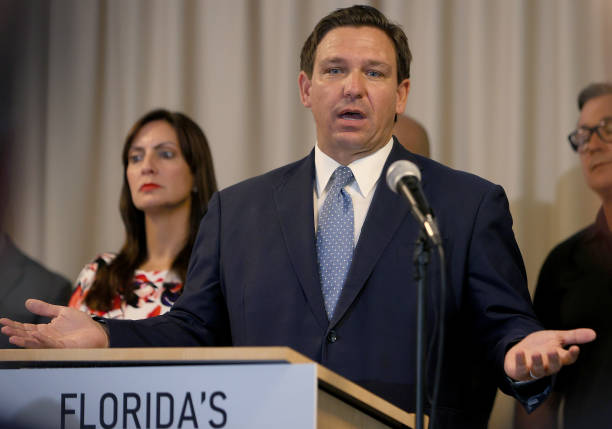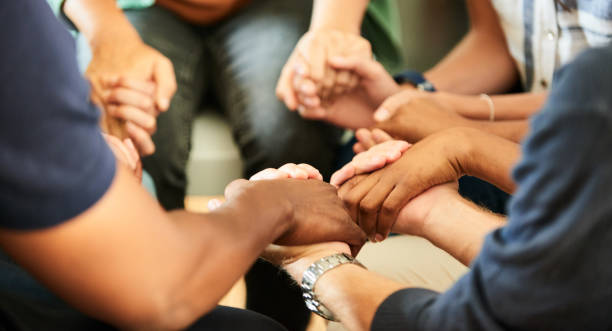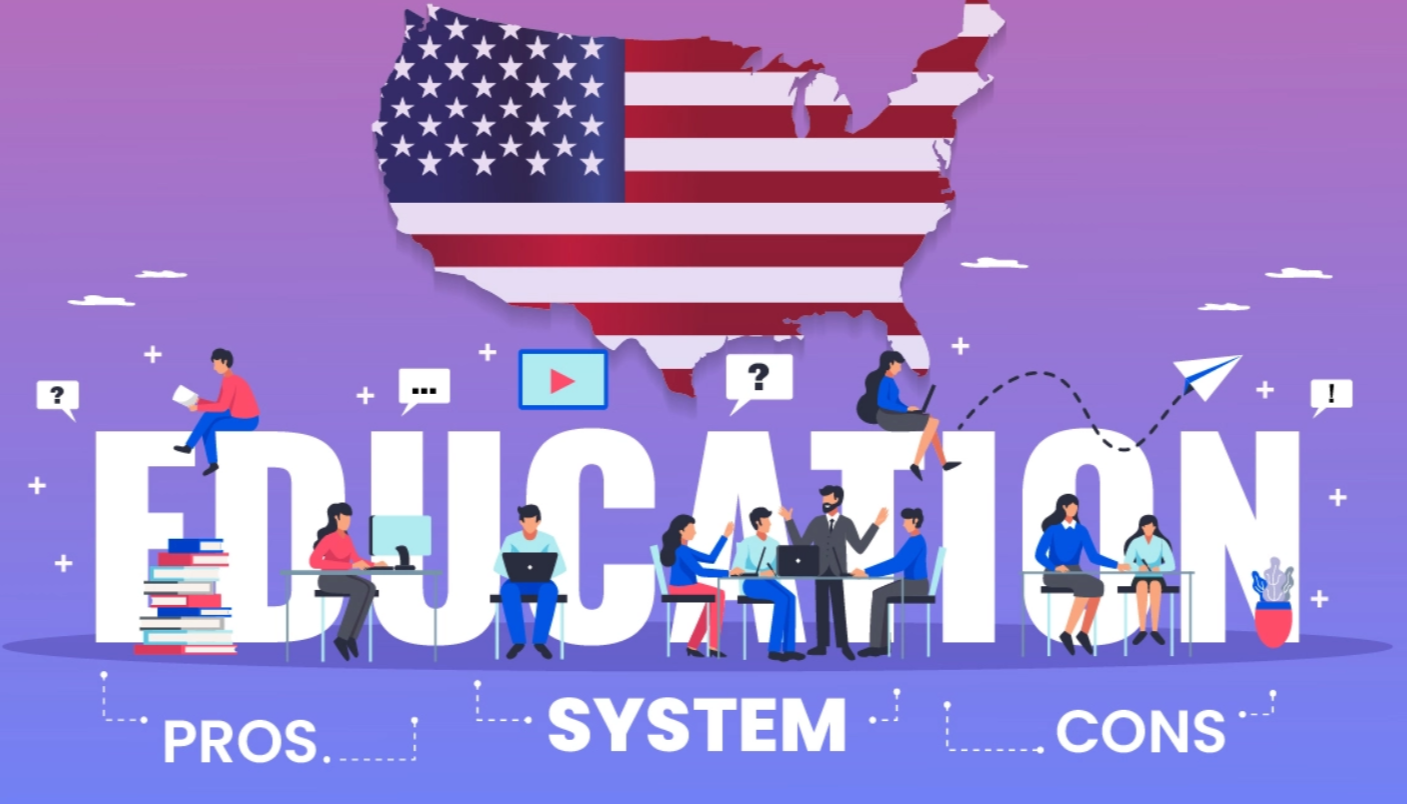(ThyBlackMan.com)
Article is written from the perspective of a journalist that happens to be a graduate of DePaul University, with a degree in Curriculum Development and a specialization in History/Economic Education. The points contained herein are rooted in fact and not just this writer’s personal opinion.
Was the misery of enslaved people in America their own doing? Was enslavement a dark cloud with a silver lining? American discourse frequently looks back at these pertinent questions, instigating a debate regarding slavery and questioning whether it may not have been as serious a crime against human rights as has been portrayed. Recently, Vice President Kamala Harris pushed back against famous people (Such as Gov. Ron DeSantis) claiming that Black people benefitted from slavery; reopening this can of worms. This is not the first time a renowned person has made such insensitive comments.
A social media storm erupted in 2018 when Kanye West, a clothing designer and rapper, stated that slavery was a choice in his interview with TMZ.com. Later, he attempted to explain his comments in a tweet, stating that it is the mental enslavement of African Americans that has led them to remain subservient for several centuries. In the same year, another controversy began when a San Antonio, Texas, teacher directed her 8th-grade American history students to state both the pros and cons underlying slavery to provide a balanced view. This assignment was directly drawn from a textbook distributed on a national level.

It is apparent from these controversies that people do not seem to understand slavery on a deeper level, despite the role it played in shaping America’s social, political, and economic fabric. Many people who hold the views seem to ignore the fact that slavery, as an institution, had inflicted brutality upon millions of Black people, through acts of murder, rape, and torture. Similarly, they also tend to overlook innumerable instances of escape, rebellion, and resistance. They also tend to avoid acknowledging the host of oppressive laws, extensive imprisonment, and terrorism that was subjected upon Black people, with the intention of subjugating them.
When Africans were first captured in 1619, the Dutch brought them to America. This event paved the way for slavery, which quickly turned into an institution that would divide the country.
Within this context, it is apparent. The enslaved, who were chained and transported to the country, were certainly not in a position to choose their lives. However, there are still several myths that are propagated persistently.
Was resistance an option?
Here is an interesting fact: even within the slave ships that traversed the Atlantic, resistance was attempted. Even after entering the New World, the enslaved group tried to resist in many ways. According to scholars, there were several rebellions and mutinies initiated by the enslaved group during this period. Moreover, suicides and escapes were also unbelievably common, with the first known examples dating back to African captives who decided to jump into the sea to avoid relinquishing their freedom. As such, the trade of humans became a risky endeavor.
There were several slave revolts that occurred in addition to renowned ones such as Nat Turner, including the planned insurrection by Denmark Vesey as well as the Creole slave ship rebellion. In fact, an ambitious rebellion was masterminded by the literate freedman to mobilize enslaved people around Charleston to massacre white people and liberate those who were enslaved. However, the authorities were tipped off by an informant, which resulted in the quelching of the plan. This led to hundreds of convictions and the execution of over 30 organizers.
Any notion of “chosen” bondage tends to overlook the fact that the Underground Railroad, which is a complex network, was employed by thousands of slaves seeking an escape. Any individual who was caught was aware of the punishment that was waiting for them. In fact, the majority of runways were used as cautionary tales to warn other enslaved people, through abhorrent acts such as publicly torturing, burning, killing, and dismembering them.
Resistance pervaded groups of enslaved people who refused to run through acts of slowdowns, sabotage, and other nuanced behaviors that reinstated their dignity to a certain extent amongst their sisters and brothers. It is important to note that it was not free will that shaped their courage and resilience.
Wasn’t the prospect of being taken care of desirous for some slaves?
There are roots to such misconceptions surrounding slavery. For years now, the image of Black inferiority and the reminiscence of slavery have weaved the threads of American culture. Prior to the Civil War, Confederate Vice President Alexander Stephens and other white supremacists emphasized that their new government would be founded on slavery, based on the truth that the negro is unequal when compared to the white man. He also claimed that “slavery subordination to the superior race is his natural and normal condition.”
This perception was continually emphasized across textbooks, which understated the racism and systemic violence that plagued the country. This was also prevalent in the depiction of Black people in popular culture, where the portrayal was highly demeaning.
Both before and after the Civil War, the old plantation was depicted in both illustrations and paintings as a paradise where benevolent masters took care of enslaved people. Advertising, movies, home décor items, and other aspects portrayed various slavery-related stereotypes such as the Sambo, the coon, the Tom, and the Mammy even in the 20th century, including popular depictions such as Aunt Jemima and Uncle Ben.
In all of these media, Black people were illustrated as cheerful and subservient, always around a watermelon, with big lips and bug eyes. Enslaved groups were also depicted as fiercely loyal and faithful to those they were serving, such as “Mammy” in Gone with the Wind. Across all of this media, the messaging that Black people seemed to do better when working under white people was quite consistent.
The stereotypes further deteriorated during Reconstruction, when Black people were gradually implied to be savages without any morals. Works of Thomas Dixon and movies such as Birth of a Nation by D.W. Griffith propagated narratives of Black men who are free as predators and rapists, seeking to attach white women’s virtues. This narrative led to various instances of lynching and the birth of the Ku Klux Klan.
What Stopped Them From Progressing After the End of Slavery?
Despite the abolishment of slavery through the Thirteenth Amendment, forced labor remained a form of punishment for crimes. The incarceration rate of Black people was ten times quicker in the years after the Civil War, particularly when compared to the general population. This can be attributed to convict leasing and other programs, wherein the objective was to substitute slave labor with convict labor, which is equally disposable and cheap.
Despite the abolishment of convict leasing, various public policies emerged from this trend, which further encouraged the incarceration of African Americans. In The New Jim Crow: Mass Incarceration in the Name of Colorblindness, Michelle Alexander stated that repression and control were two pillars of the criminal justice system, which was leveraged to further subjugate African Americans.
We can continue to find slavery and racial inequality intertwined within American society, including instances of police brutality as well as constraints pertaining to voting to further increase the level of inequality within education and employment sectors. This is the reason why discourse pertaining to slavery, subjugation, and racism is still quite rampant.
There were no reparations provided to the Black community despite centuries of inhuman slavery. Even General William Tecumseh Sherman’s promise of providing Black people with a mule and 40 acres after the Civil War was recanted. A study in 2016, which was conducted by a group affiliated with United Nations, recommended reparations by the US considering its history of slavery.
The committee stated that although Jim Crow was abolished and the fight for civil rights is rampant, African Americans continue to be negatively impacted in areas of political, civil, social, economic, and cultural rights due to pervading ideology that promotes the domination of one group over the other.
While it is undeniable that there was no choice and free will involved in enslavement, ignoring its legacy and implications is certainly a choice. If we continue to overlook the uncomfortable truth while rooting for reconciliation, passions will long remain ablaze. Take a seat Governor Ron DeSantis until you find a way to use your Harvard and Yale backgrounds for good and not as an ungodly distortion of truth with a view to Black History and slavery.
Staff Writer; Stanley G. Buford
Feel free to connect with this brother via Twitter; Stanley G. and also facebook; http://www.facebook.com/sgbuford.
Also his email addy is; StanleyG@ThyBlackMan.com.
















Chattel Slavery in America was the cruelest form of slavery in the world because this kind of slavery reduced African men,women, and children to the status of property that could be treated according to varied western world religious beliefs,and business practices to include as sex objects.The American chattel slave was completely dehumanized and made not subject to mental, and physical protection of the law.God made human beings, and to defile God’s creations is a total dis-respect to God and deserved of God’s vengeance.The vengeance of God is wholly terrible because God destroys the wicked from within, and without.DeSantis should be concerned about God’s judgement of his soul.